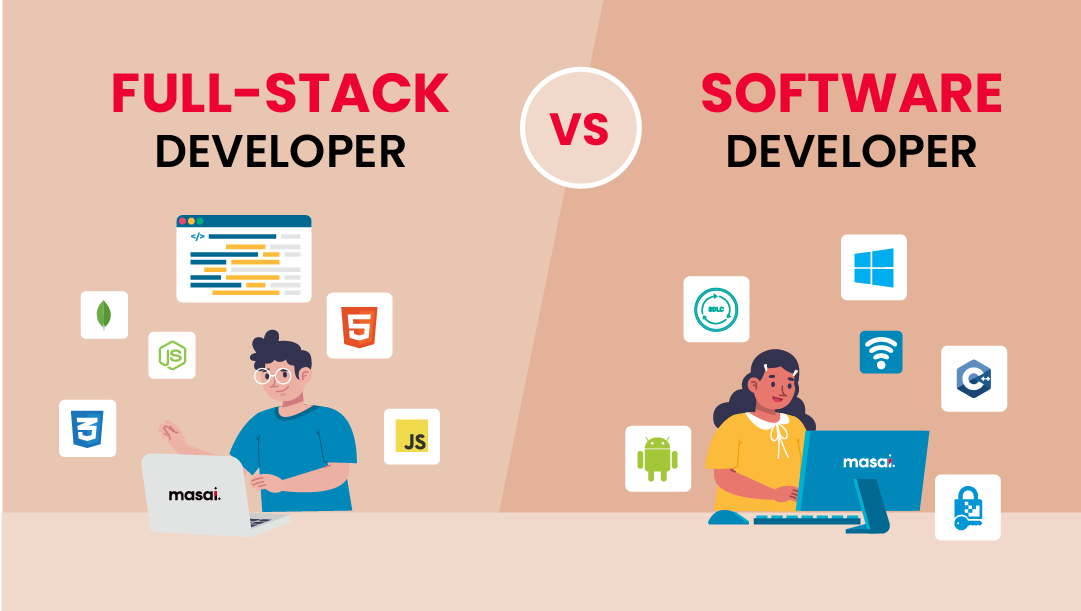Discover the Benefits of Nearshore Software Development for Your Team
Wiki Article
Dedicated Developers vs. In-House Teams: Which Is Right for You?
The choice in between using committed developers and maintaining an in-house team is a substantial one that can impact the trajectory of your projects and overall company strategy. Committed programmers provide a level of versatility and specific proficiency that can be beneficial for particular, short-term initiatives. On the other hand, in-house teams contribute to a cohesive business society and a nuanced understanding of long-term goals. By examining crucial elements such as budget plan, job range, and desired control, you can much better figure out which approach aligns with your organizational needs. Nonetheless, the effects of this choice expand beyond immediate outcomes-- take into consideration the more comprehensive effect on your organization landscape.Comprehending Dedicated Programmers
The expanding demand for specialized abilities in the tech industry has actually resulted in the appearance of specialized programmers as a practical remedy for numerous companies. These specialists are generally acquired on a job basis, allowing companies to utilize certain proficiency without the long-lasting commitment related to full-time hires. Devoted developers are often ingrained within a client's team, providing versatility and scalability to meet job demands.This version permits organizations to access an international skill pool, which is especially beneficial in a quickly evolving technological landscape. Committed programmers can be sourced from numerous geographical areas, making sure that companies can find the ideal capability at affordable rates. They commonly bring a wealth of experience and understanding, having actually functioned on diverse projects throughout various sectors.
Furthermore, committed designers can focus solely on the jobs available, improving efficiency and effectiveness. They are furnished to incorporate flawlessly into existing workflows, working together carefully with internal teams to attain project goals. This technique not just lowers the concern of recruitment and training however also enables organizations to remain agile, adapting quickly to altering market demands and technical developments.
Advantages of In-House Teams

Additionally, in-house groups have a tendency to have a much deeper understanding of the company's objective, values, and objectives. This positioning can boost employee interaction and motivation, as staff member really feel more connected to their job and the organization's success. In addition, having a devoted internal group enables far better positioning of strategies and objectives, as these participants are consistently concentrated on the firm's concerns.
Internal teams additionally help with quicker decision-making processes, as they can respond extra rapidly to challenges and changes. The well established relationships and familiarity with firm protocols permit structured operations and decreased miscommunication. Eventually, the combination of a cohesive culture, positioning with business goals, and reliable interaction makes in-house groups a beneficial asset for several organizations, especially those seeking to cultivate long-term growth and advancement.
Cost Factors To Consider
When reviewing cost factors to consider, both in-house teams and specialized developers existing unique financial effects for companies. Engaging specialized designers generally includes a pay-per-project or per hour price model, which can be economical for organizations with varying project needs. This method permits flexibility in scaling sources up or down, guaranteeing that companies just spend for the solutions they require.In comparison, in-house teams require taken care of prices, including wages, benefits, and overhead expenditures such as workplace and devices. While this model offers better control and instant availability of resources, it may cause higher long-lasting expenditures, especially if the workload does not justify a full-time staff.
Furthermore, companies must take into consideration the surprise prices related to recruitment and training of internal employees, which can further strain budgets. In many cases, the time and resources spent on managing an in-house team can detract from the organization's core service purposes.

Task Administration and Adaptability
Task management and flexibility are important elements that influence the option between committed programmers and internal teams. Dedicated groups frequently have actually developed procedures for taking care of projects properly, leveraging certain techniques like Agile or Scrum, which help with iterative progression and adaptability.
Ultimately, the selection between internal groups and dedicated programmers rests on the wanted level of versatility and the details task administration requirements. Companies need to evaluate their operational characteristics, job complexity, and source schedule to identify which choice lines up best with their calculated purposes.
Making the Right Choice
Selecting the ideal growth strategy-- in-house teams or specialized programmers-- calls for a cautious analysis of numerous factors that line up with a firm's strategic goals. On the other hand, in-house teams can supply far better connection and assimilation with existing personnel.Next, examine your budget plan. Devoted programmers typically present a cost-effective solution for short-term projects, while internal groups might sustain greater lasting expenses due to salaries, benefits, and expenses costs. Examine the degree of control and partnership preferred; in-house teams commonly foster stronger interaction and positioning with business culture.
If immediate results are essential, specialized developers can be onboarded quickly, whereas building an in-house group takes time for recruitment and training. If continuous development is essential, investing in an internal team may produce much better returns over time.
Verdict
In final thought, the choice in between dedicated designers and internal groups rests on job needs and business purposes. Committed programmers provide flexibility and specific know-how, making them appropriate for temporary efforts. Alternatively, internal groups cultivate a cohesive society and much deeper placement with long-lasting objectives. Cautious analysis of spending plan restraints, job timelines, and desired control levels is vital for figuring out the most suitable method, guaranteeing alignment with tactical priorities and functional effectiveness.The decision in between making use of specialized developers and keeping an internal group is a substantial one that can impact the trajectory of your projects and total company technique.Project monitoring and versatility are crucial variables that affect the option in between specialized developers and internal teams. software development partner.In contrast, internal groups may stand out in preserving a constant task administration structure due to their familiarity with the organization's society and long-lasting objectives. Dedicated designers frequently present a cost-efficient service for temporary projects, while in-house groups might sustain greater lasting costs due to wages, advantages, and expenses costs.In final thought, the decision between in-house teams and specialized developers hinges on job needs and organizational goals
Report this wiki page